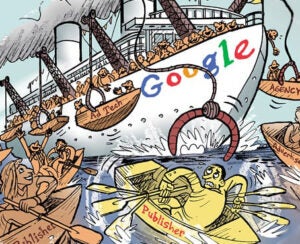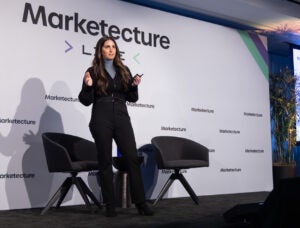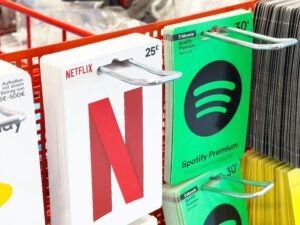Like the packaged products he helps market, Omnicom Media Group Chief Research Officer Jonathan Steuer wishes data segments disclosed their ingredients on the side of the label.
“You really have to dig to figure out what’s in [a segment] right now,” Steuer said Monday at the Advertising Research Foundation’s Audience Measurement Summit in Jersey City. “A huge mistake has always been taking targeting data at face value without properly vetting it or knowing for sure that what you’re using is fully baked.”
That issue has exacerbated as television evolves from demo-based buying based on age and gender to index and audience-based buying.
“Nielsen gives us a currency to trade on, but when we’re negotiating on behalf of a client, there isn’t a unified impression-based definition [of a segment] yet,” said Jamie Power, COO of addressable video company one2one media, and former managing partner of GroupM’s addressable TV unit Modi.
She added: “An impression on one MVPD provider might mean something on another MVPD.”
Then there are the inconsistencies between the TV measurement bodies.
Nielsen, which has a panel, wants to add more digital and set-top box data, while comScore, which has a large digital data set, is attempting to build a cross-platform panel.
Meanwhile, broadcast networks are trying to create workarounds despite these inconsistencies.
The TV network consortium OpenAP, for example, aims to synchronize the data sets of its members, including Fox, Viacom and Turner. So when an advertiser targets “cereal eaters” on one platform, those users will be comparable to another network’s definition for the same segment.
But efforts like OpenAP aren’t a complete solution, particularly when other networks, such as NBC, have their own interpretation of an audience guarantee.
“We’re counting [views] and impressions differently, which is lousy for planning [and] buying, and if you do a market-mix model, you don’t get a solid read of what’s going on if you have five flavors of impressions,” said Ed Gaffney, director of marketplace analytics for GroupM.
As television dollars conflate with digital video, the need for precision targeting in digital and over-the-top video is increasing and measurement bodies will be a driving force behind the innovation, said George Ivie, CEO of the Media Rating Council (MRC).
The MRC is underway with the next phase of a digital audience measurement (a working draft is in review until July 17) – a cross-media standard, which factors TV metrics (such as gross ratings points) into digital ad exposures while adding new attributes around impression-level data.
“These standards build upon our viewability standard,” Ivie said. “We’re adding duration weighting, along with [more context] around video views and what quartile the video was in at completion.”
He added: “I think people agree we need more precision for measuring video than average commercial minute, [and] a big part of this standard has to do with data attribution regardless of whether you use age and gender targeting.”
But despite this evolution, existing standards shouldn’t be considered irrelevant. “Age and demo-based targeting is not going away anytime soon,” Gaffney said.
Omnicom’s Steuer agreed – he believes advertisers will always want a baseline currency for their television buys.
But he hopes to get to a place where there is a balance between large data sources, which provide granularity in reporting and targeting in campaign execution, and traditional demographics.














